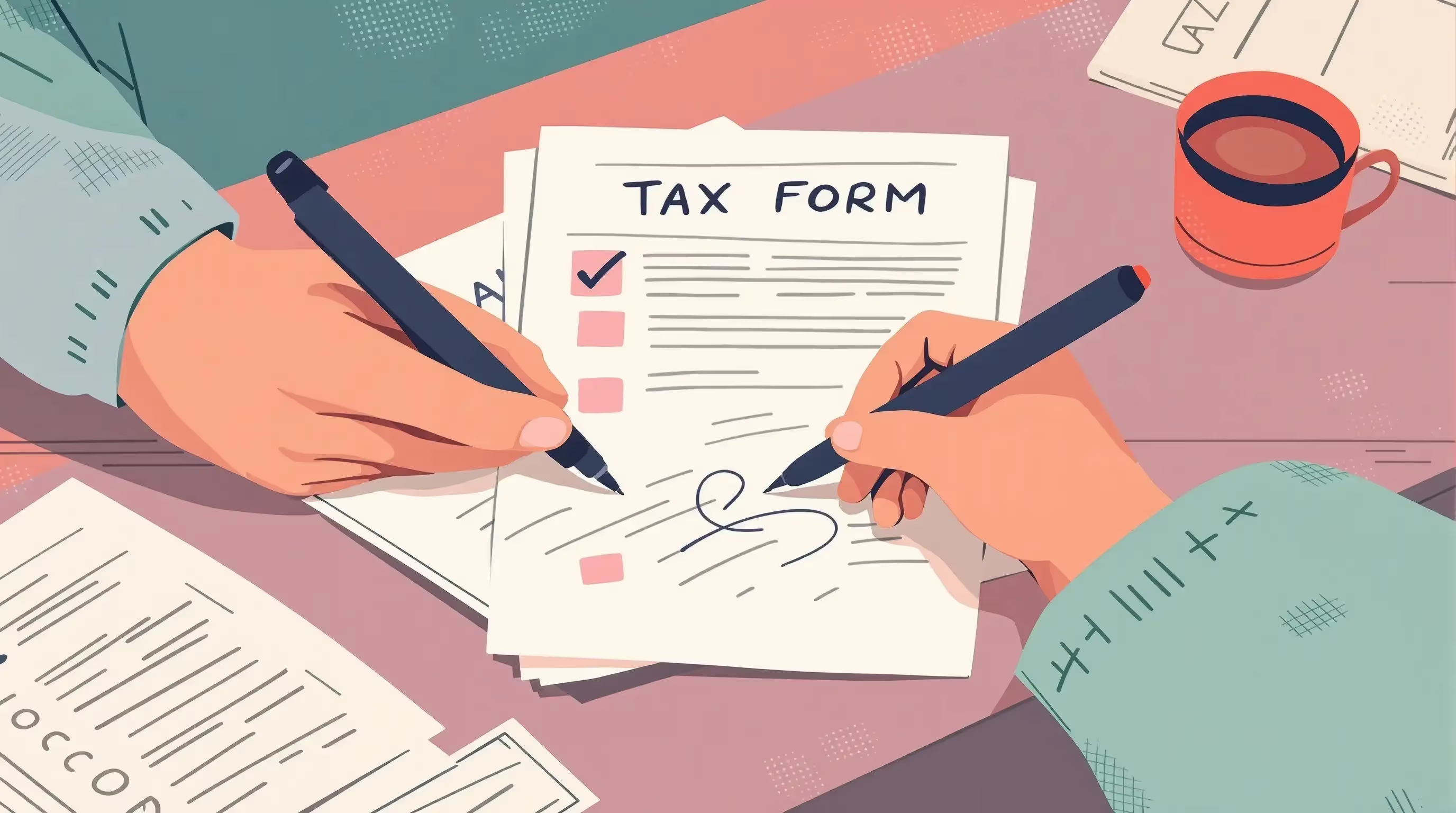
What Form 656-B Offer in Compromise Is For
Form 656-B, Offer in Compromise, is a comprehensive IRS compromise booklet designed to help taxpayers resolve tax debt they cannot pay in full. It includes Form 656 and related documents that support both individual and business taxes under the offer in compromise OIC process. This form applies when paying the total tax liability would create financial hardship under effective tax administration rules.
The IRS evaluates whether a taxpayer’s financial information and ability to pay meet the agency’s criteria for settlement. When accepted, it allows qualified individuals or businesses to settle their original tax debt through manageable payment options.
Learn which tax relief and collection forms you need before applying.
When You’d Use Form 656-B
Form 656-B, Offer in Compromise, is used when a taxpayer cannot afford to pay their total tax debt and seeks relief through an official IRS settlement. It helps both individuals and businesses request a reduction in tax liability when financial hardship prevents them from making full payment. This process supports taxpayers who demonstrate a legitimate inability to pay based on verified financial information.
Eligibility and Purpose
Taxpayers may submit this form after filing all required tax returns and making required estimated payments. Applicants must have no open bankruptcy proceedings, meet the low-income certification guidelines, and accurately document their adjusted gross income to qualify.
Key Rules or Details for Form 656-B
Form 656-B, Offer in Compromise, outlines strict guidelines that help taxpayers and the IRS reach fair agreements on unpaid tax debt. Each rule ensures financial accuracy, compliance, and accountability throughout the process.
- Application Fee: Each submission must include a $205 fee, unless the applicant qualifies under low-income certification guidelines.
- Initial Payment: The initial payment serves as a non-refundable amount applied directly to the original tax debt.
- Payment Options: Taxpayers may select either a lump sum or a periodic payment plan, depending on their verified income and assets.
- Compliance Requirement: Each taxpayer must keep all tax returns and required estimated payments up-to-date during the review process.
- Evaluation Process: The IRS evaluates each offer by reviewing the taxpayer’s financial hardship and overall ability to pay.
Step-by-Step Instructions for Filing Form 656-B
Filing Form 656-B, Offer in Compromise, requires precision and complete financial disclosure. Each stage ensures the IRS receives accurate information to assess your ability to settle tax debt responsibly. Follow the steps carefully to avoid processing delays or rejection.
- Confirm Eligibility: You must use the IRS Offer in Compromise Pre-Qualifier Tool to verify that you meet eligibility requirements.
- Gather Required Documentation: Prepare income, asset, and business information, along with all required supporting documents.
- Complete the Forms: You must fill out Form 433-A (OIC) or Form 433-B (OIC) with complete and accurate financial details.
- Prepare Payments: You must include separate checks for the application fee and initial payment, unless you qualify for low-income certification.
- Submit the Package: Please mail or electronically file your OIC package, including all verified and signed documents.
Common Mistakes and How to Avoid Them
Submitting a Form 656-B offer in compromise requires accuracy and attention to detail. Many taxpayers experience delays or rejections because they fail to meet IRS documentation and payment requirements. Understanding the most common errors helps prevent unnecessary setbacks during the review process.
- Missing or Incomplete Documentation: A taxpayer who fails to include bank statements, asset details, or business information will be automatically rejected.
- Incorrect Financial Reporting: A taxpayer who misstates income, expenses, or tax liability may face legal assessment issues and potential civil or criminal penalties.
- Omitting Payments: A taxpayer who fails to include the initial payment or application fee will experience delays in processing and review.
- Noncompliance During Review: A taxpayer who fails to make required estimated payments or file new tax returns on time risks having their offer rejected by the IRS.
Accurate forms, transparent records, and timely payments help the IRS evaluate your OIC package effectively.
What Happens After You File Form 656-B
Once the IRS receives your Form 656-B offer in compromise, it reviews the submission for accuracy and to determine its eligibility. The agency ensures all required documentation, initial payments, and application fees meet established standards before assigning a case specialist. The evaluation period typically lasts several months, depending on the case's complexity and the taxpayer's responsiveness.
During review, the IRS may request additional financial details or supporting documentation. If the IRS accepts the offer, it applies the payments toward the settled tax debt and confirms the agreement in writing. If the IRS rejects the offer, you may appeal within thirty days through the IRS Independent Office of Appeals.
Frequently Asked Questions
What is Form 656-B Offer in Compromise?
Form 656-B, Offer in Compromise, allows taxpayers to settle their tax debt for less than the total tax liability owed. The IRS evaluates each compromise offer based on financial hardship and effective tax administration criteria.
What payments are required when submitting Form 656-B?
Each submission must include an application fee and an initial payment. Taxpayers may choose between a lump sum or a periodic payment plan, and all payments are considered non-refundable toward the original tax debt.
Can low-income applicants qualify for reduced payment terms?
Yes, taxpayers meeting low-income certification guidelines based on adjusted gross income may defer the application fee and initial payment. Supporting documentation is required to verify eligibility.
What happens if the IRS rejects the offer?
If the IRS rejects an offer, a rejection letter and a letter explaining the decision are issued. Taxpayers may appeal within the 30-day appeal period through the IRS Independent Office of Appeals.
Why should a taxpayer consult a tax professional?
A tax professional ensures the OIC package meets all legally required payment requirements and supporting documentation standards. They help prepare financial information, organize business taxes, and prevent issues that could lead to civil or criminal penalties.








